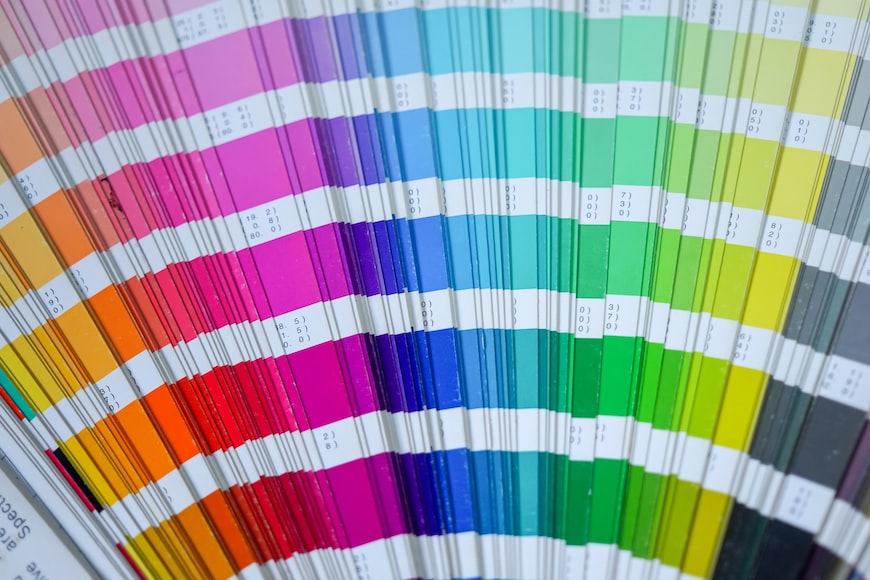Have you ever wondered what goes into creating high-quality fine art prints? Perhaps you’re an artist yourself, looking to reproduce your work most faithfully and stunningly possible. Or maybe you’re simply a lover of art, interested in the technology and techniques behind the masterpieces that adorn our homes and galleries.
Either way, you’ve come to the right place! In this blog, we’ll be delving into the world of fine art digital printing, answering your top FAQs, and unlocking some of the mysteries behind this fascinating field.
So, sit back, and get ready to unlock the mysteries of fine art digital printing!

Question: Can I print my fine art photos on any type of paper?
Answer: While it is technically possible to print on any type of paper, not all papers are suitable for digital fine art printing. It requires archival-quality paper that is acid-free, lignin-free, and pH neutral. This ensures that your prints will not yellow or fade over time.
Question: What kind of papers are required in fine art digital printing?
Answer: There are a variety of fine art papers, such as Kodak Endura, Fuji Glossy/Matte and Enhanced Glossy/Matte 260 gsm. Each paper has been carefully selected for its unique characteristics, such as texture, weight, and color reproduction. These papers are ideal for artists, photographers, and designers who require high-quality printing materials.
Question: What is the difference between a fine art print and a regular photo print?
Answer: Fine art prints are printed on high-quality paper with archival pigment-based inks. These prints are designed to last for decades without fading or deteriorating. Regular photo prints are typically printed on lower-quality paper with dye-based inks, which can fade over time.
Question: How should I care for my fine art prints?
Answer: To ensure the longevity of your fine art prints, they should be handled with care and stored properly. When handling prints, use clean and dry hands or wear gloves to prevent transferring dirt or oils onto the print surface. Keep them in a cool and dry location away from direct sunlight or heat.
Question: What is the difference between a glossy and a matte finish for fine art prints?
Answer: Glossy finishes have a shiny, reflective surface that can enhance color saturation and contrast but can also show fingerprints and glare. Matte finishes have a non-reflective surface that can minimize glare and fingerprints but can also appear slightly muted in color. The choice between a glossy or matte finish is a personal preference and can depend on the print’s specific image and intended use.
Question: What is the difference between fine art digital printing and traditional printing?
Answer: The main difference is the level of precision and control that digital art printing services offer. With digital printing, artists, and photographers can make precise adjustments to their images, ensuring that each print is exactly as they envisioned it. Additionally, digital printing allows for greater color accuracy and detail than traditional printing methods.
Question: What should I consider when choosing a fine art digital printing service?
Answer: When choosing a fine art digital printing service, consider factors such as the quality of their printing equipment and inks, their range of media options, their pricing and turnaround times, and their reputation for customer service and satisfaction. It can also be helpful to read reviews or view samples of their previous work to ensure that their printing quality meets your standards.
Conclusion
Now that you know the top FAQs answered about unlocking the mysteries of fine art digital printing, you can confidently navigate the process of creating high-quality prints of your artwork. From understanding the importance of color accuracy to choosing the right paper and ink, this guide has given you the knowledge you need to produce stunning results. With these insights, you can take your art to the next level and share your vision with the world.



